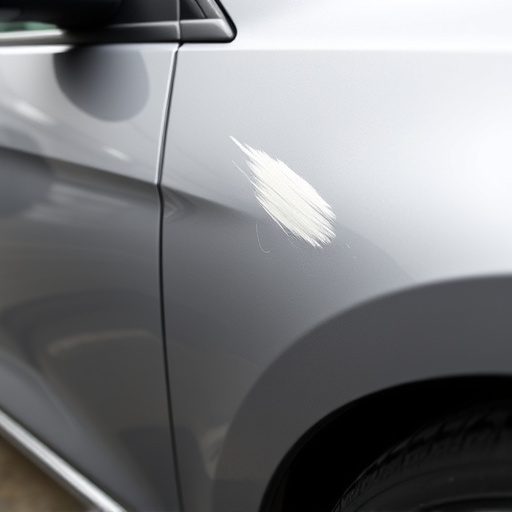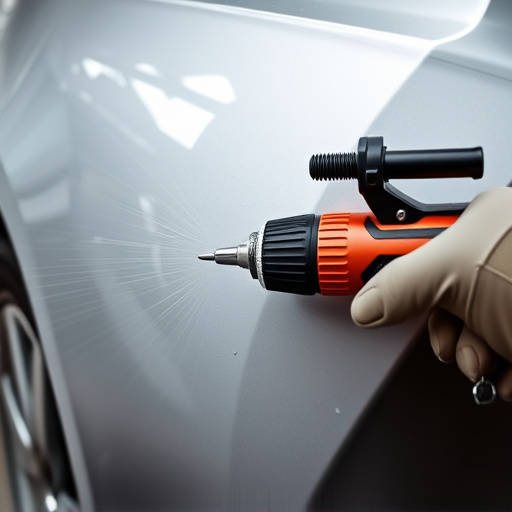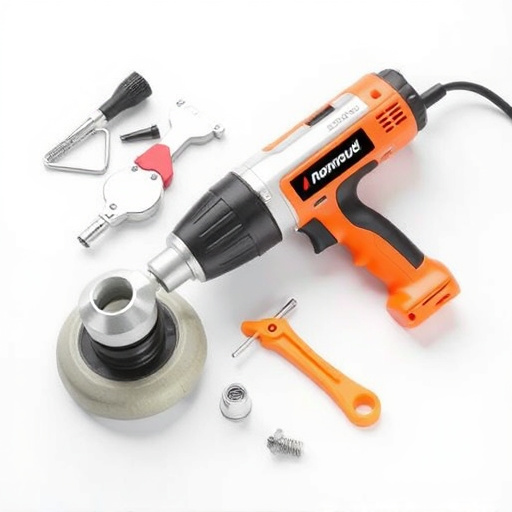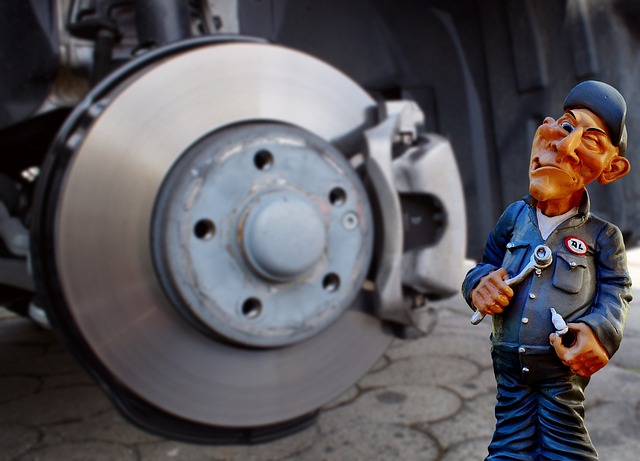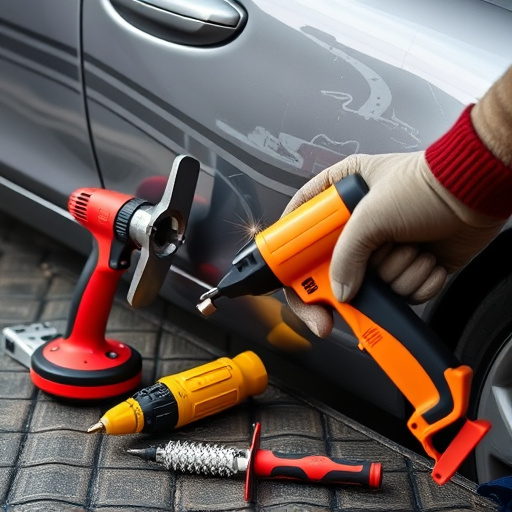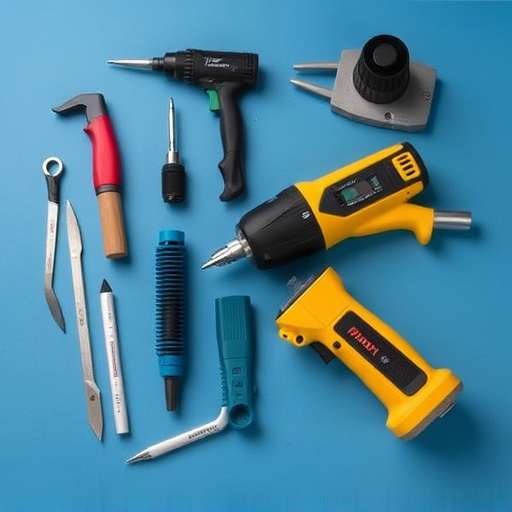The EV revolution demands specialized maintenance with consistent access to Original Equipment Manufacturer (OEM) repair procedures, serving as a blueprint for accurate and efficient repairs while maintaining performance and safety across diverse models. These guidelines are crucial for auto body shops, ensuring reliable network provision and consumer trust in the evolving automotive industry, particularly regarding complex EV systems and emerging technologies.
In the rapidly growing electric vehicle (EV) market, consistent Original Equipment Manufacturer (OEM) repair procedure access is paramount for maintaining reliability, safety, and customer satisfaction. OEM guidelines ensure that EV repairs meet strict quality and performance standards, streamlining service efficiency and parts compatibility. Without direct access to these procedures, workshops face challenges in diagnostics, warranty claims, and adapting to evolving EV technologies, ultimately putting vehicle longevity and owner peace of mind at risk. This article explores why consistent OEM repair procedure access is crucial for the future of EV maintenance.
- The Role of OEM Repair Procedures in Electric Vehicle (EV) Maintenance
- – Understanding the importance of Original Equipment Manufacturer (OEM) repair procedures for EV reliability and safety.
- – How OEM guidelines ensure consistent quality and performance standards.
The Role of OEM Repair Procedures in Electric Vehicle (EV) Maintenance

The Electric Vehicle (EV) revolution is transforming the automotive industry, and as these vehicles become more prevalent on our roads, so does the need for specialized maintenance and repair services. One key aspect that cannot be overlooked is the importance of consistent access to Original Equipment Manufacturer (OEM) repair procedures. These guidelines are vital for ensuring that EV repairs are performed accurately and efficiently, maintaining the vehicle’s performance and safety standards.
OEM repair procedures act as a blueprint for auto body shops and technicians, providing step-by-step instructions tailored to each specific EV model. This includes detailed processes for tasks such as auto frame repair, dent removal, and intricate electrical system diagnostics. By adhering to these procedures, auto body shops can guarantee that repairs are not only effective but also consistent across different service centers, fostering a reliable network of EV maintenance providers.
– Understanding the importance of Original Equipment Manufacturer (OEM) repair procedures for EV reliability and safety.

In the realm of electric vehicles (EVs), ensuring reliable and safe repairs is paramount to maintaining consumer confidence and the overall health of the automotive industry. Original Equipment Manufacturer (OEM) repair procedures serve as the cornerstone for achieving this goal. These detailed protocols are meticulously crafted to safeguard both the functionality and safety of EVs, reflecting the highest standards set by the vehicle’s original designer. Adhering to OEM guidelines ensures that auto body shops and technicians across the board can consistently deliver top-tier repairs, fostering a standardized approach to EV maintenance.
Consistent access to these procedures is vital for several reasons. Firstly, it guarantees that vehicle owners receive consistent quality in their auto maintenance experiences. Secondly, it enables efficient troubleshooting and repair of complex EV systems, which often incorporate intricate electrical architectures. Moreover, having OEM repair procedure access helps automotive body shops stay current with the latest technological advancements in EVs, ensuring they are well-equipped to handle any challenges that come their way. This is particularly crucial given the rapid pace at which the auto industry evolves, especially when it comes to emerging vehicle technologies and safety standards.
– How OEM guidelines ensure consistent quality and performance standards.

Original Equipment Manufacturer (OEM) guidelines play a pivotal role in ensuring consistent quality and performance standards for EV repairs. These guidelines provide detailed protocols that cover every aspect of the repair process, from initial assessment to final inspection. By adhering to OEM procedures, repair shops can guarantee that each component, whether it’s a fender repair, auto dent repair, or auto painting job, meets the exacting specifications set by the vehicle manufacturer. This uniformity not only maintains the original design and functionality but also ensures optimal performance and safety.
Consistent application of OEM repair procedure access allows for standardized outcomes across different service centers. This uniformity is particularly crucial in the rapidly evolving electric vehicle (EV) market, where specialized skills and tools are required to handle unique challenges posed by advanced technologies. By following these guidelines, repair technicians can bridge the gap between differing shop practices, ensuring that every EV leaves the service bay in top condition, fulfilling the high expectations of EV owners and contributing to the overall reliability of electric transportation.
Access to consistent OEM repair procedure guidelines is paramount in the rapidly growing electric vehicle (EV) market. These procedures play a critical role in maintaining EV reliability, safety, and performance, ensuring that repairs are conducted to exacting standards across all service centers. By adhering to OEM guidelines, technicians can guarantee that each EV returns to the road with the same level of quality and efficiency, fostering consumer confidence in these cutting-edge vehicles. Consistent application of OEM repair procedures is thus a game changer in enhancing EV ownership experiences and securing the future of sustainable transportation.
